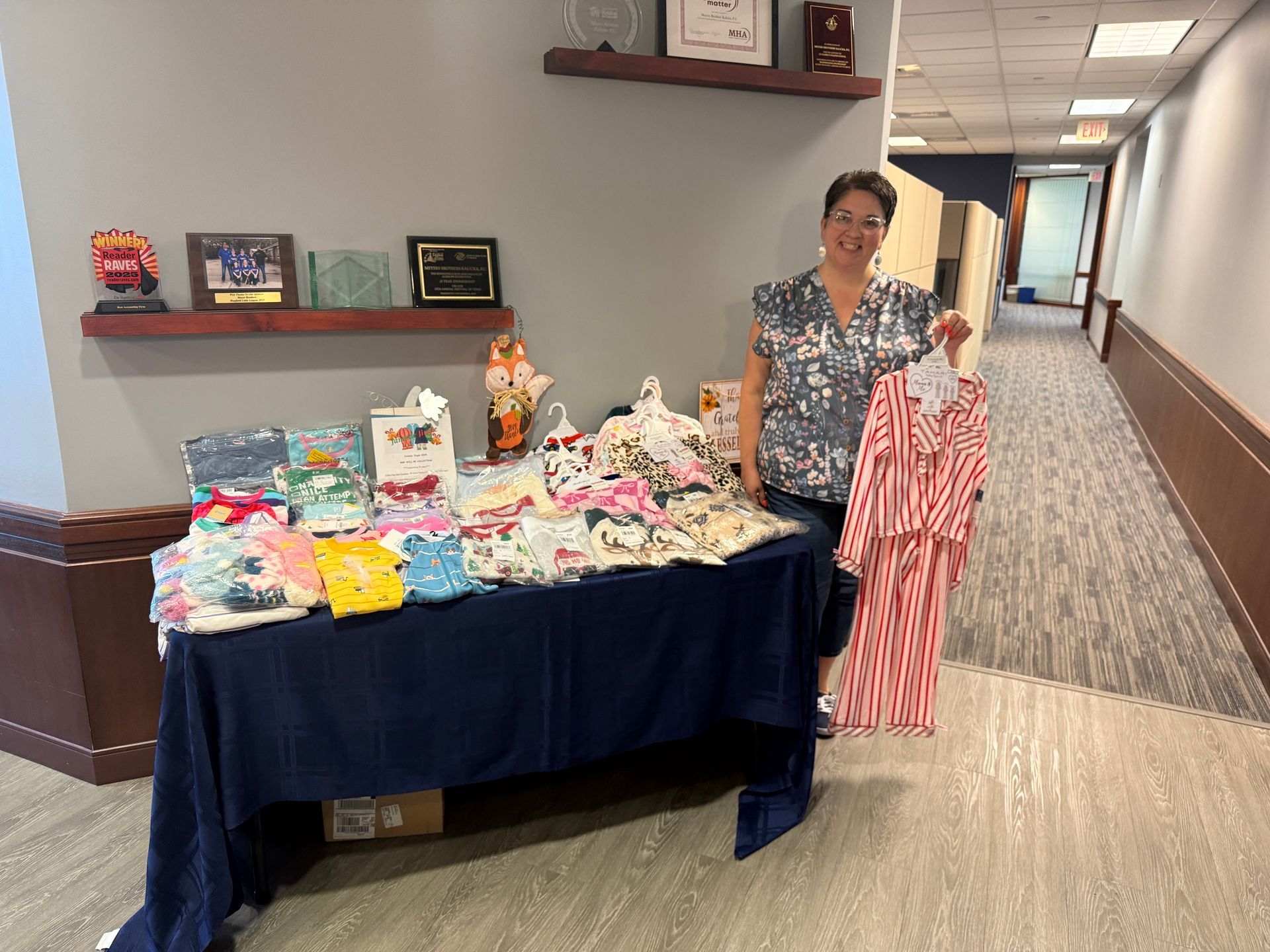CARES Act provides relief from TCJA loss limitation rules
Among its many provisions designed to provide financial relief to businesses and individuals that have suffered due to the COVID-19 crisis, the Coronavirus Aid, Relief, and Economic Security (CARES) Act undid, at least temporarily, several provisions of the 2017 Tax Cuts and Jobs Act (TCJA) that were unfavorable to taxpayers. These include changes to the rules for claiming certain business losses.
NOL Deduction Limitations Eased
The CARES Act includes beneficial changes to the rules for deducting net operating losses (NOLs). First, it eases the taxable income limitation on deducting NOLs.
Under an unfavorable provision included in the TCJA, an NOL arising in a tax year beginning in 2018 or beyond and carried forward to a later tax year couldn’t offset more than 80% of the taxable income for the carryover year (the later tax year), calculated before the NOL deduction.
For tax years beginning before 2021, the CARES Act removes the TCJA taxable income limitation on deductions for prior-year NOLs carried forward into those years. So NOL carryforwards into tax years beginning before 2021 can be used to fully offset taxable income for those years.
For tax years beginning after 2020, the CARES Act allows NOL deductions equal to the sum of 100% of NOL carryovers from pre-2018 tax years, plus the lesser of 1) 100% of NOL carryovers from post-2017 tax years, or 2) 80% of remaining taxable income (if any) after deducting NOL carryforwards from pre-2018 tax years.
As you can see, this is a complicated rule. But it’s more taxpayer friendly than what the TCJA allowed.
NOL Carrybacks Extended
Under another unfavorable TCJA provision, NOLs arising in tax years ending after 2017 generally couldn’t be carried back to earlier tax years and used to offset taxable income in those earlier years. Instead, NOLs arising in tax years ending after 2017 could only be carried forward to later years. But they could be carried forward for an unlimited number of years. (Exceptions to the general no-carryback rule were granted for farming losses and losses incurred by property and casualty insurance companies.)
Under the CARES Act, NOLs that arise in tax years from 2018 through 2020 can be carried back for five years. For example, a taxpayer could carry back an NOL arising in 2020 to 2015 and recover federal income tax paid for that year. That could be very beneficial, because the federal income tax rates for both individuals and corporations were higher before the TCJA rate cuts took effect in 2018.
It’s important to note that taxpayers can elect to waive the carryback when advantageous and instead carry the NOL forward to future tax years. In addition, barring a further tax-law change, the no-carryback rule will come back into play for NOLs that arise in tax years beginning after 2020.
Excess Business Loss Disallowance Removed
Another unfavorable TCJA provision disallowed current deductions for so-called “excess business losses” incurred by individuals and other noncorporate taxpayers in tax years beginning in 2018 through 2025.
An excess business loss is generally one that exceeds $250,000 ($500,000 for a married joint-filing couple). These limits are adjusted annually for inflation.
The CARES Act temporarily removes the excess business loss disallowance rule for losses arising in tax years beginning in 2018 through 2020.
Barring a further tax-law change, the excess business loss disallowance rule will come back into play for losses that arise in tax years beginning in 2021 through 2025. Any disallowed excess business loss for one of those years will be carried forward to the following year and can be deducted under the rules for NOL carryforwards.
Take Advantage of Favorable Changes
This is a rapidly changing legislative environment, so it’s important to get good advice from an expert. If any of the changes mentioned here may affect you, consult your tax advisor about the possibility of amending prior years’ tax returns to take advantage of them. In a difficult economic environment, you need all the help you can get to help your business survive — and thrive.
This material is generic in nature. Before relying on the material in any important matter, users should note date of publication and carefully evaluate its accuracy, currency, completeness, and relevance for their purposes, and should obtain any appropriate professional advice relevant to their particular circumstances.
Share Post:









